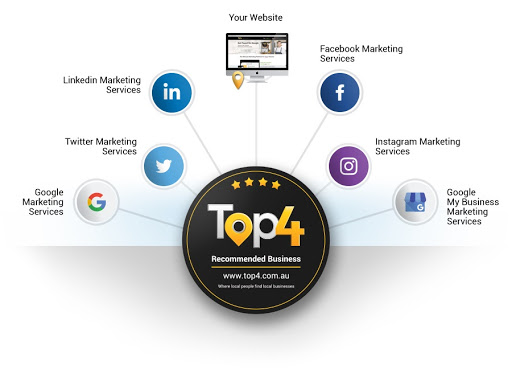When you have a smaller digital marketing budget, every dollar counts, and you often need to get creative to make sure your ads show where you want.
In this post, I’ll walk through a few important tactics to utilize if you are launching a new program or if you have an established program with a smaller budget.
- Retargeting site visitors and purchasers
- Mid-funnel remarketing
- Bid adjustments: Geo-targeting and ad scheduling
- Search terms reports: Exact keywords and negative keywords
- InMarket and Similar Audiences for competitive terms
1. Retargeting site visitors and purchasers
We all know that it takes more money to acquire a brand-new customer than it does a customer who has already purchased or otherwise engaged with the brand. Paid search and paid social can be a very competitive space, so it’s crucial to use audience targeting to the best of your abilities. One easy way to get the biggest bang for your buck, with lower CPAs (Cost per acquisitions) and higher ROAS (return on advertising spend), is to retarget site visitors and purchasers. These users have already shown intent and interest in your brand, making it easier for them to engage.
It is important within your search campaigns to either segment these users into their own campaign or bid-up on them within your current campaigns. For GDN (Google Display Network) and paid social, try to get in front of these users with a special message to bring them back to the site, and keep these campaigns separate from your acquisition campaigns. For both paid search and paid social, consider special messaging or discounts for these users to help them convert.
2. Mid-funnel remarketing
Many B2B or lead gen businesses will focus their paid search and paid social campaigns on just getting that upper-funnel lead and will then let their sales team and email convert that lead down-funnel. Another way to ramp up the success of your paid social campaigns is to create mid-funnel remarketing campaigns to target upper-funnel leads who have not converted down the funnel. Paid social can also help push users to convert and helps complement the efforts of your sales team and email. One tactic is to stay in front of leads with a case study or white paper that talks about some of your brand’s biggest value propositions and how they help the current problems of your target audience.
3. Bid adjustments: Geo-targeting and ad scheduling
When you have limited advertising funds, it is important to allocate those funds to the areas that are performing the most efficiently, just as you would for keywords. I recommend analyzing these segments and adjusting bids accordingly:
- Geographical
- Device
- Time of day and day of the week
- Audience
- HHI (Household Income)
- Demographics (Age and gender)
For example: If you are a B2B company, you might see that CPA rises during the weekend. To take advantage of this observation, pull back on Saturday and Sunday to save more money for more efficient days of the week. Our AdWords history has shown that clients lower CPA by up to 30% by smarter bidding according to performance in these segments.
4. Search query reports: Exact keywords and negative keywords
Search query reports should be your best friend. Review the search query reports specifically for your broad terms to monitor poor matches and new top performers. Long tail keywords can add value to the account and provide reductions in CPA, so it is important to build them out if they are performing well in matching to your broad keywords. These broad keywords can also lead to poor matching, though, so it is important to review the search queries and add irrelevant or poor matching search queries as negative keywords. For example, let’s say you are a skincare company that sells facial oil and are bidding on the keyword “facial oil.” You begin seeing your click-through rate start to decrease. You look into search queries and start to see that you are matching to “olive oil,” which is not a relevant search. You would add that as a negative to the account to cut back on wasted spend for irrelevant queries.
5. InMarket and Similar Audiences for competitive terms
Broad keywords can lead to high competition, high CPAs, and lower impression share, especially if bigger brands are part of the mix. That doesn’t mean you should ignore them; bid on potentially valuable broad terms, but restrict bidding to InMarket and Similar Audiences so your ads only serve to audiences you’re confident are interested in your product or service.
Small budgets might seem to lead to initial challenges, especially if the market is highly competitive or efficiency targets are not currently being met. Make sure to incorporate these steps into your marketing to drive greater efficiency.
Looking to build customer loyalty through social media? Don’t forget to add your business to Top4 Marketing
List your business, create your own digital store to sell goods and services, and share posts on social media. Promote your business on Google instantly! Should you need help with local digital marketing then view our new Google Marketing Platform and services Top4 Marketing
Get Found On Google Promote Your Website, Reach local customers today!
Our Digital Marketing Agency Services Across All Industries Include Search Engine Optimisation (SEO), Google Marketing, Website Design, Corporate Web Development, and local location-based marketing using our own Google Marketing Platform!
Engage A Social Media Agency For Only 1/3 The Cost Of Employing A Social Media Manager…LET’S TALK!
Source: Search Engine Watch






